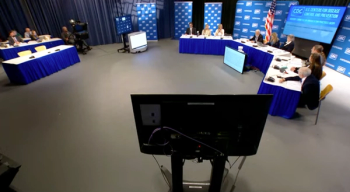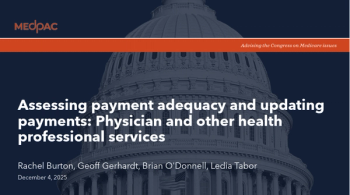
Physician compensation on the rise
New research from the Medical Group Management Association (MGMA) shows that the median compensation for established providers is on the rise, with primary care physicians seeing a 3.4 percent increase from 2017 to 2018.
New
The annual Provider Compensation and Production Report includes data from more than 147,000 physicians and non-physician providers in more than 5,500 organizations.
The report shows that specialty physicians saw a 4.4 increase in compensation from 2017 to 2018, while advance practice providers had a 2.9 percent increase. Over the last five years, total compensation among all providers has increased at a rate of 7 to 11 percent.
Among the report’s other key findings:
• The most sizable increases in total compensation for established providers between 2017 and 2018 include the following medical specialties: diagnostic radiology, general obstetrics and gynecology, neurological surgery, noninvasive cardiology, and neurology.
• The Midwest and Southern regions of the U.S. report the largest compensation for physicians in 2018 and the Eastern region reports the lowest compensation rates for physicians.
“These compensation specifics allow medical practices to remain competitive and informed on the ever-evolving trends that continue to occur in the healthcare industry,” Halee Fischer-Wright, MD, FAAP, FACMPE, president and CEO, MGMA, said in a news release. “The increases we are seeing are driven not only by supply and demand but also by an increase in productivity. Practices are staying ahead of the curve by monitoring these trends and in this case, offering higher wages and more incentives to
While the healthcare industry faces a shortage of physicians, demand continues to rise, likely resulting in increased compensation for new hires. According to the MGMA, practices recruiting new doctors are offering higher salaries, in addition to other incentives, particularly in specialties where there may be a shortage.
The report found steady increases in the median guaranteed compensation for newly hired providers between 2017 and 2018. Guaranteed compensation for newly hired emergency medicine, cardiology, and urology physicians grew 40.43 percent ($207,360 to $291,194), 21.25 percent ($400,000 to $485,000) and 20 percent ($312,500 to $375,000), respectively. Compensation for non-physician providers grew as well, with physician assistants increasing by 10.35 percent and nurse practitioners by 4 percent.
Newsletter
Stay informed and empowered with Medical Economics enewsletter, delivering expert insights, financial strategies, practice management tips and technology trends — tailored for today’s physicians.















